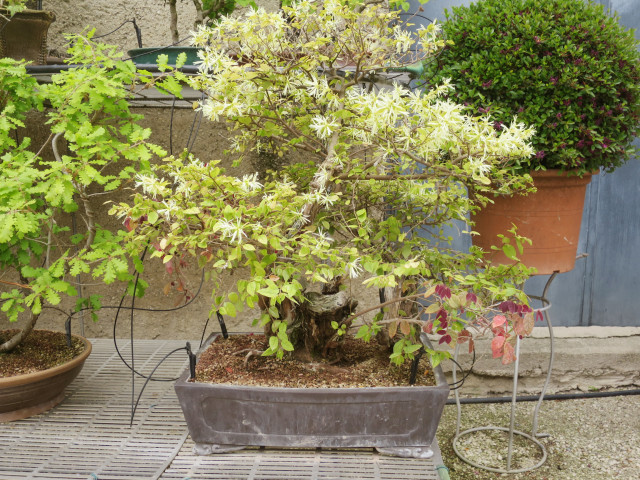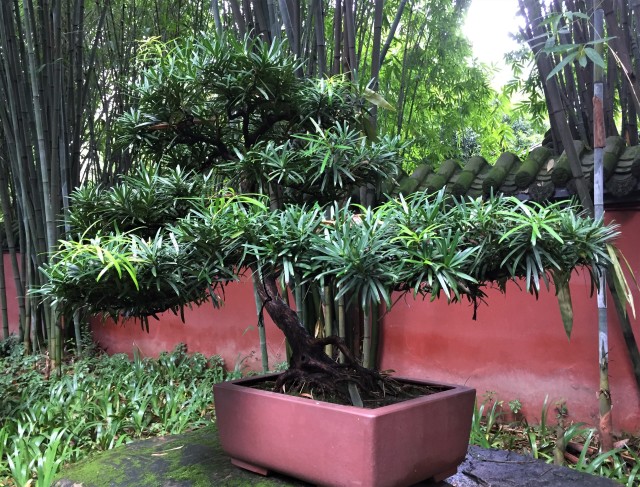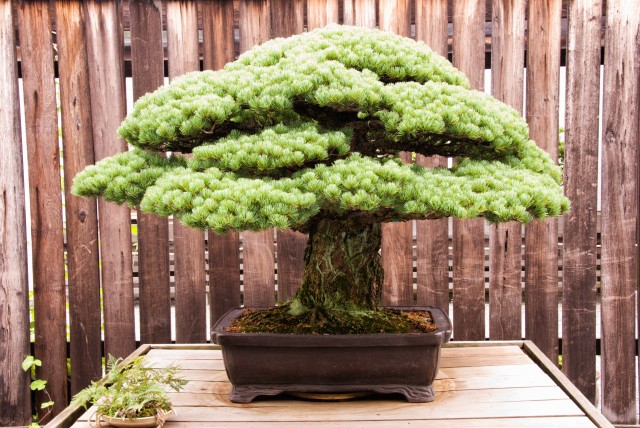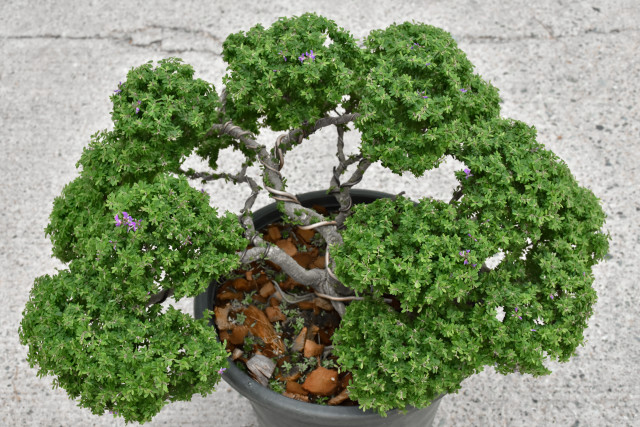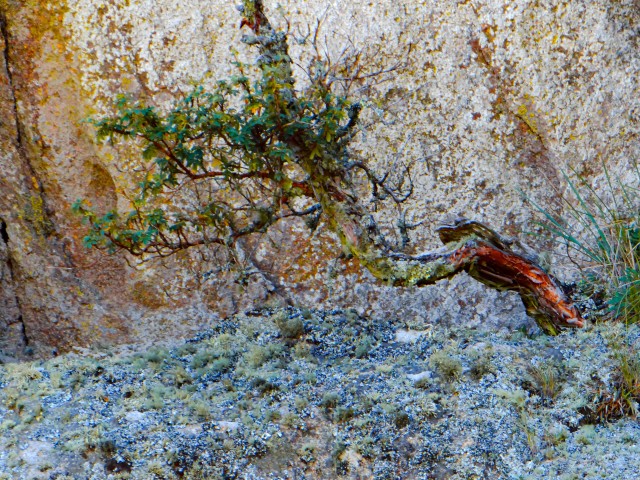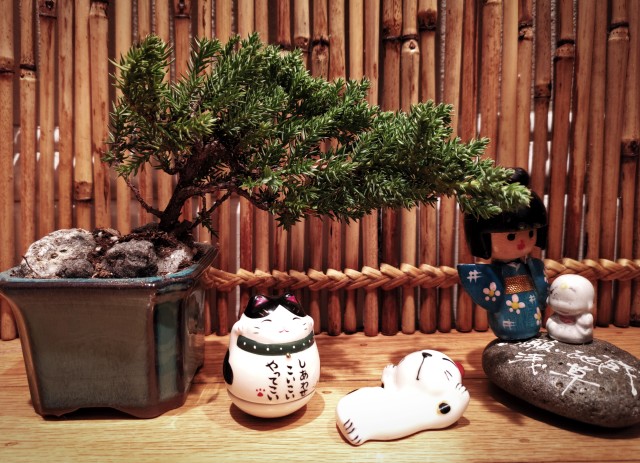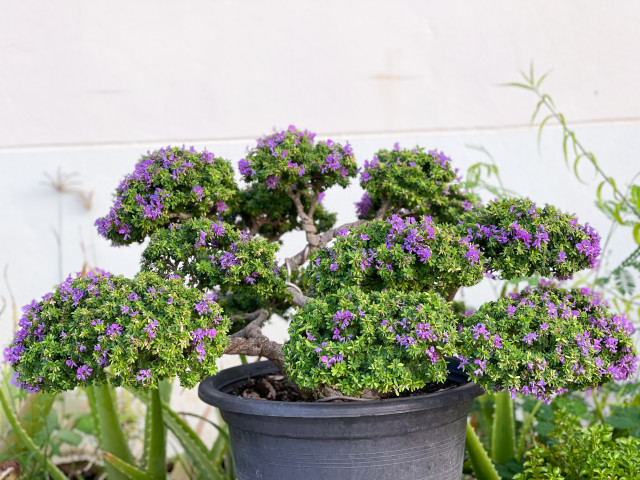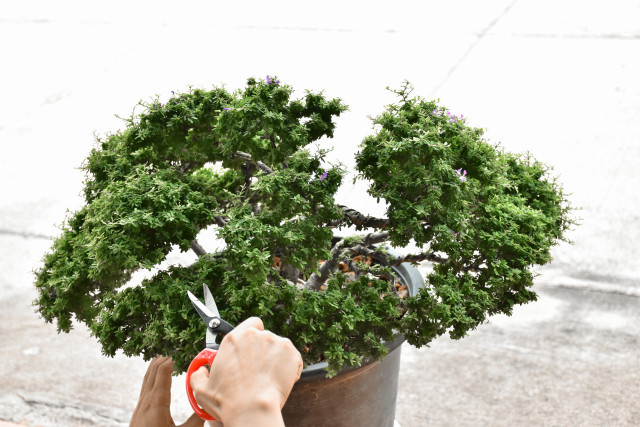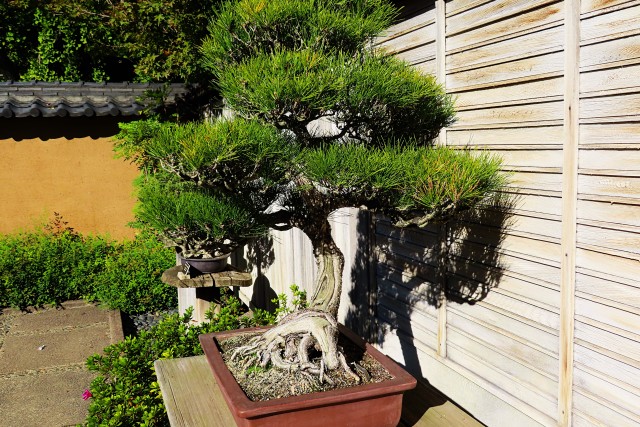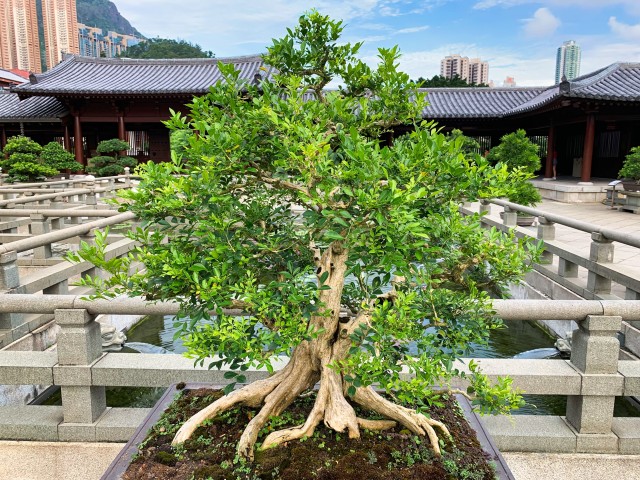Buy the Perfect Bonsai Tree
Venturing into the world of bonsai and where to buy the Perfect Bonsai tree is a deeply rewarding journey. But for beginners, the first step—finding and buying your first bonsai tree—can be overwhelming. With so many varieties, sources, and levels of quality, it’s crucial to understand what to look for and where to look. This guide will walk you through the best places to buy bonsai trees and how to choose the perfect one for your home or garden.
Understanding Bonsai: More Than Just a Plant
The word “bonsai” refers to the art of growing miniature trees in containers, a practice that originated in China and was refined in Japan. It combines horticultural knowledge with artistic vision, and while the trees may be small, the level of care and passion they require is immense.
To learn more about the history and meaning of bonsai, visit the comprehensive Wikipedia article.
Factors to Consider Before Buying a Bonsai Tree
1. Your Experience Level
As a beginner, you’ll want to choose hardy, low-maintenance species such as the Ficus, Jade, or Chinese Elm. These varieties are more forgiving of mistakes and adapt well to indoor environments.
2. Indoor vs Outdoor Bonsai
Some bonsai trees, like Junipers and Pines, thrive outdoors, while others, such as Ficus and Schefflera, are suited for indoor growing. Consider your available space and light conditions before making a purchase.
3. Tree Health and Age
Look for trees with healthy leaves, firm roots, and balanced structure. Younger trees are typically cheaper and great for learning, while older, more styled trees can be expensive but visually striking.
Where to Buy Bonsai Trees:
1. Local Nurseries and Garden Centers
Your local garden center may carry bonsai trees, especially common starter varieties. While the selection might be limited, buying locally allows you to examine the tree in person.
2. Bonsai Specialty Shops
Dedicated bonsai shops often have knowledgeable staff and a wider variety of species. They may also offer bonsai tools, soil, and training wire—ideal for beginners looking for guidance.
3. Online Bonsai Retailers
The internet offers a vast range of bonsai trees for sale, often delivered right to your door. Reputable online sellers provide detailed photos and care instructions, making the buying process more convenient.
Top Places to Buy Bonsai Trees Online
Bonsai Tree For Sale
BonsaiTreeForSale.net is a trusted online source offering a wide range of beginner-friendly bonsai trees, pots, tools, and care guides. The website emphasizes high-quality trees and helpful educational content to support new growers.
Other Online Retailers
- Amazon – Offers beginner bonsai kits and live plants, though quality can vary by seller.
- Etsy – Features unique bonsai offerings from small growers and artists.
- Bonsai Boy of New York – A long-standing bonsai nursery with a broad catalog and care advice.
How to Evaluate a Bonsai Tree Seller
Read Customer Reviews
Look for consistent positive reviews, particularly regarding tree health upon arrival and customer service responsiveness.
Examine Return Policies
Choose sellers who offer returns or replacements in case the tree arrives damaged or unhealthy.
Review Shipping Methods
Shipping live plants can be risky. Trusted bonsai retailers use insulated packaging and fast delivery options to ensure the tree’s safety.
Bonsai Tools and Accessories for Beginners
In addition to the tree itself, beginners should consider purchasing essential bonsai tools:
- Pruning shears and scissors
- Wiring tools for shaping
- Bonsai soil mix
- Humidity trays and watering cans
Many of these items are available in the bonsai tools section of BonsaiTreeForSale.net.
Common Mistakes to Avoid When Buying Your First Bonsai
1. Buying from Non-Specialized Sources
Grocery stores or big-box retailers may stock bonsai trees, but these are often poorly maintained or mislabeled. Stick to reputable nurseries or bonsai specialists.
2. Choosing Complex Species
Avoid species like Azalea or Japanese Maple for your first tree—they require specific climate conditions and expert care.
3. Ignoring the Tree’s Needs
Make sure the species you select matches your environment in terms of light, humidity, and temperature.
Conclusion: Start Your Bonsai Journey Right
Buying your first bonsai tree is an exciting step into a beautiful, meditative hobby. By understanding your needs and selecting a trusted seller, you set the foundation for a thriving bonsai collection. Whether you’re starting small or envisioning a forest of miniature trees, the right purchase can spark a lifelong passion.
Explore beginner-friendly trees and tools at BonsaiTreeForSale.net and begin your bonsai journey with confidence.
